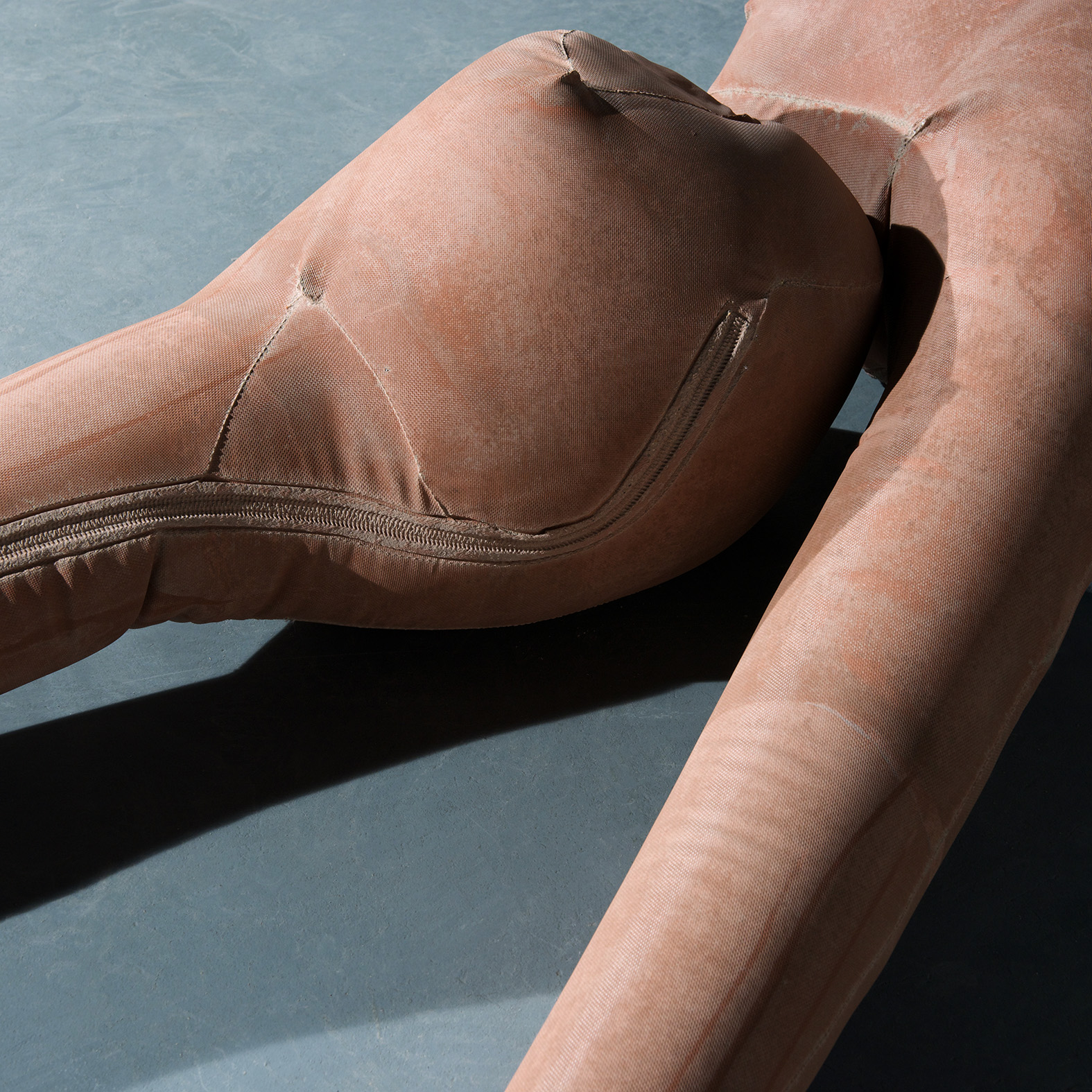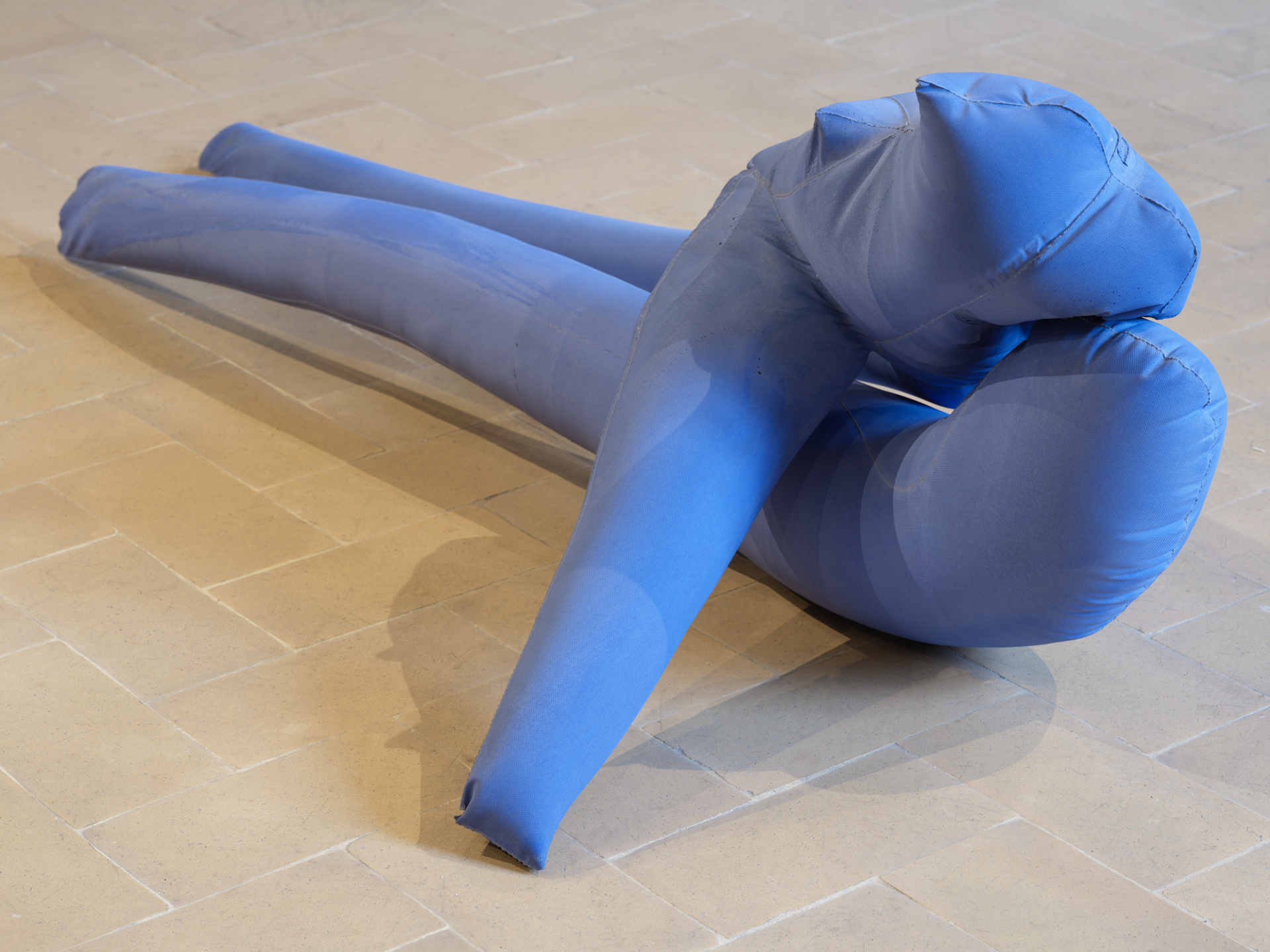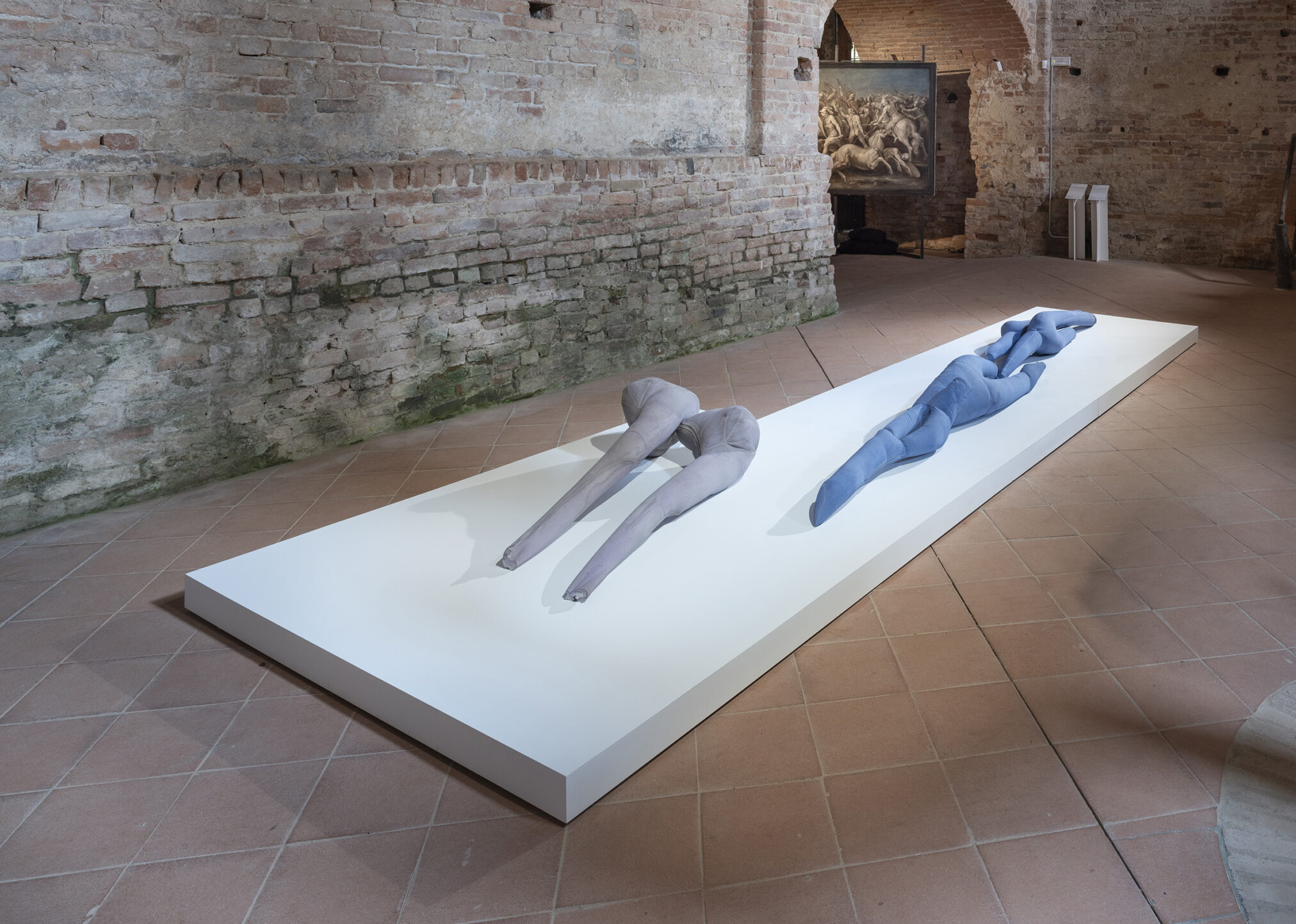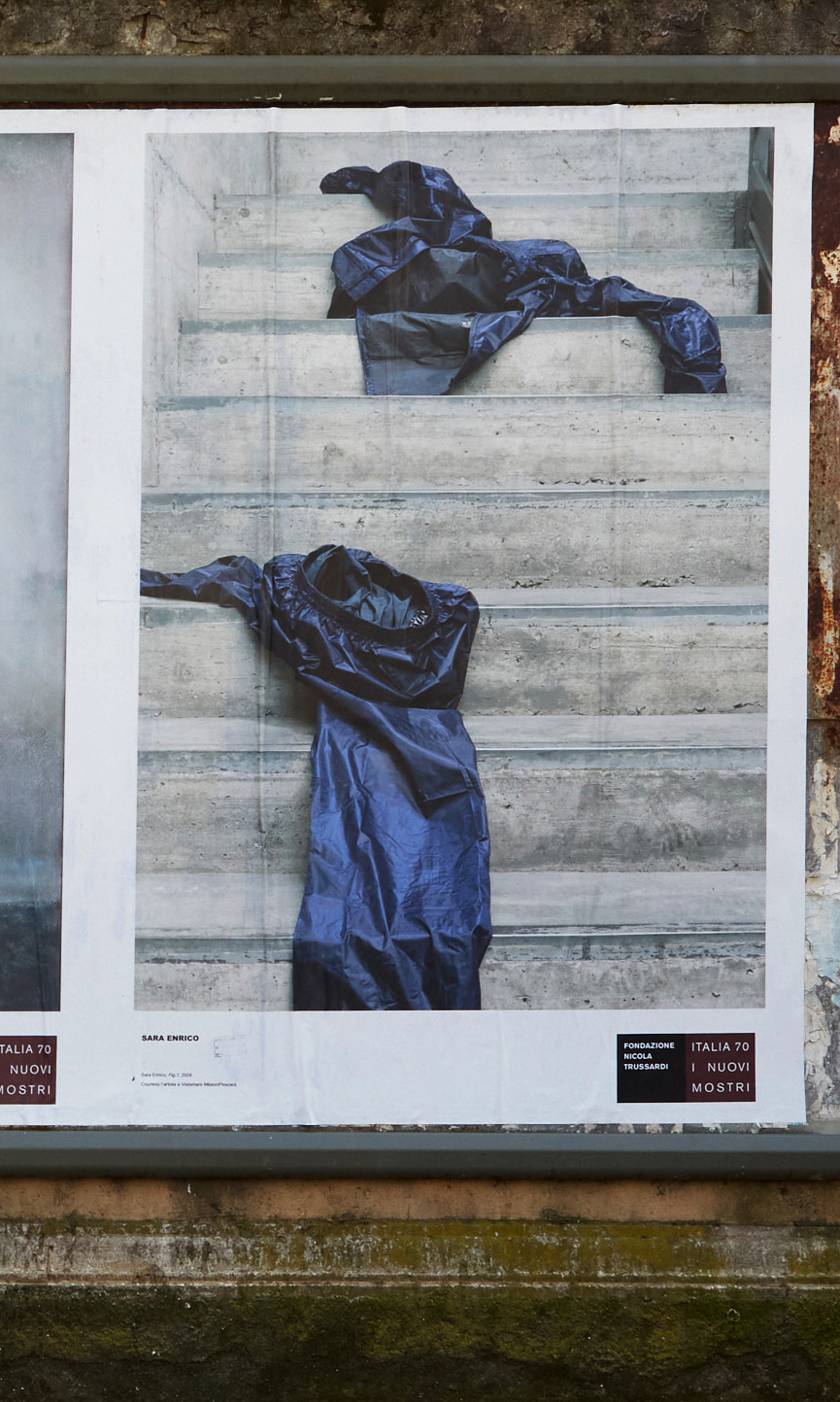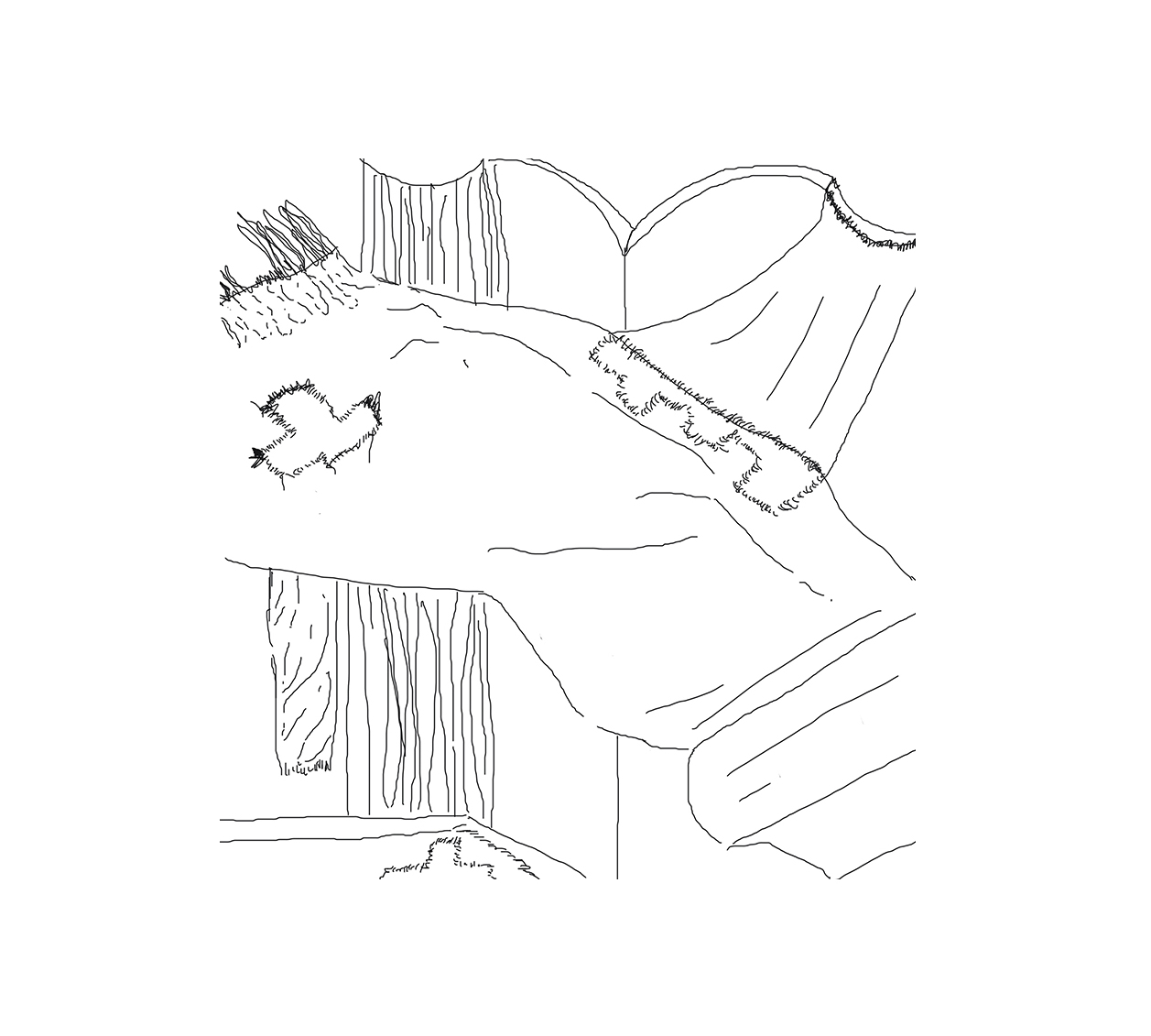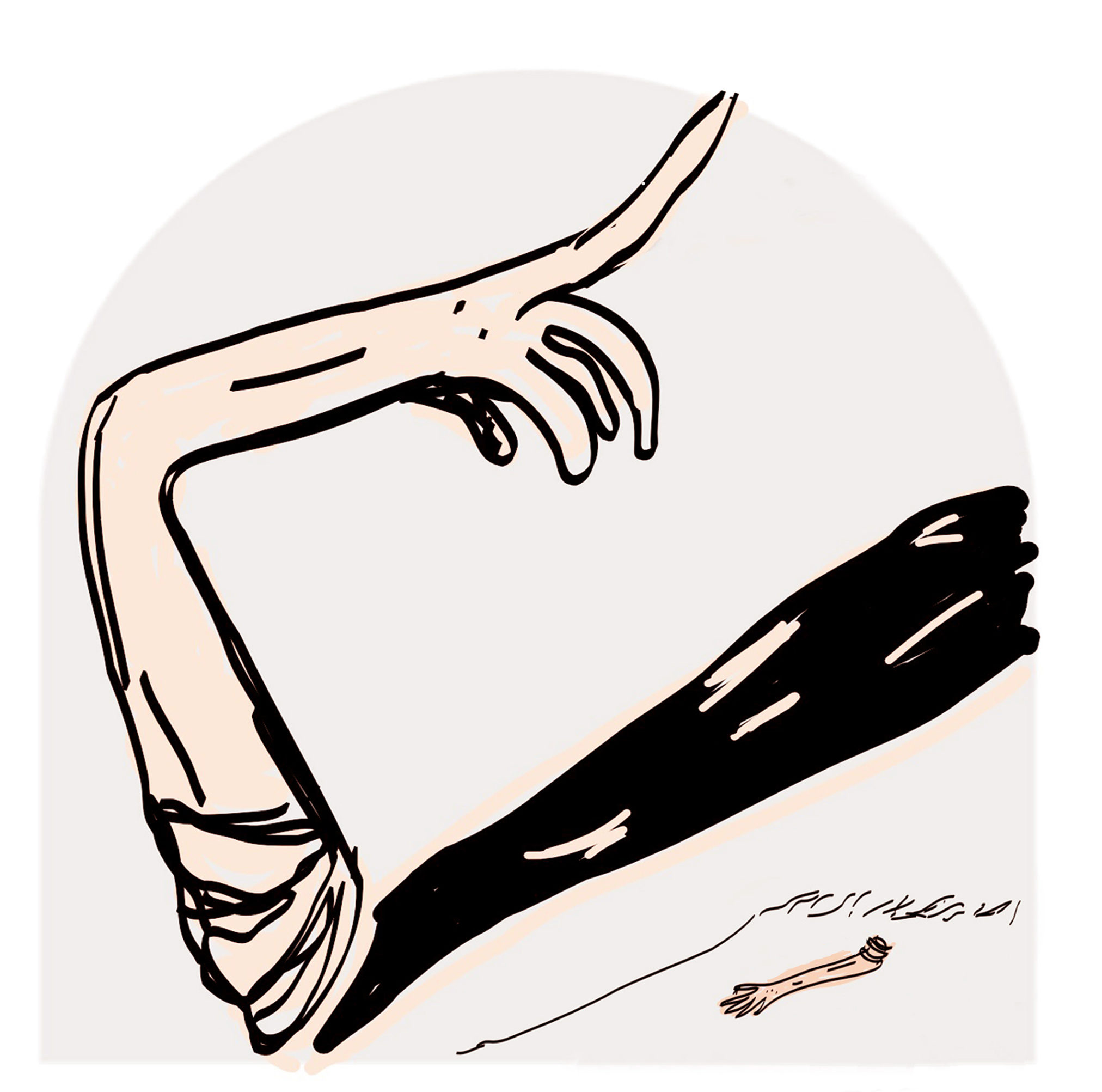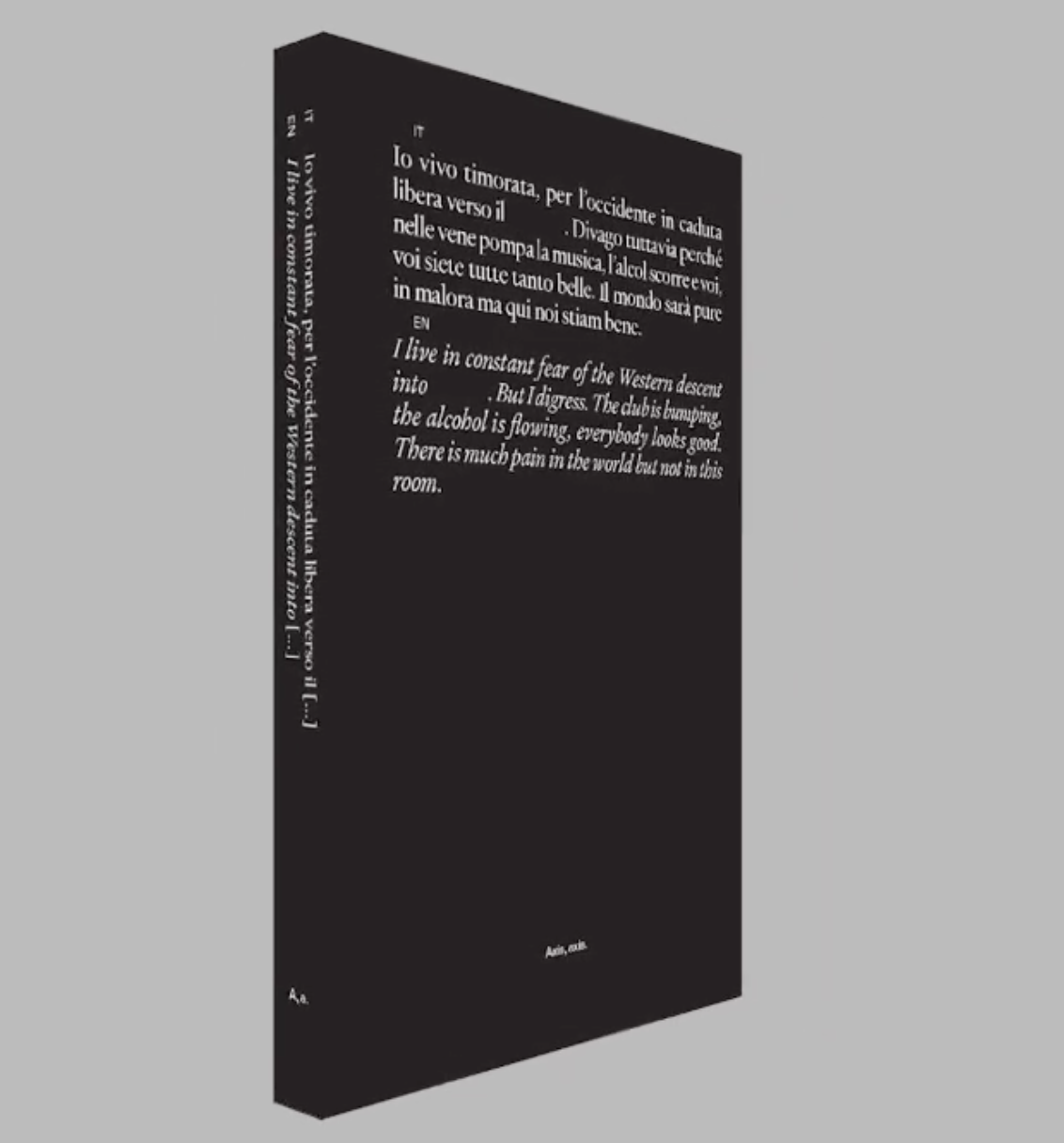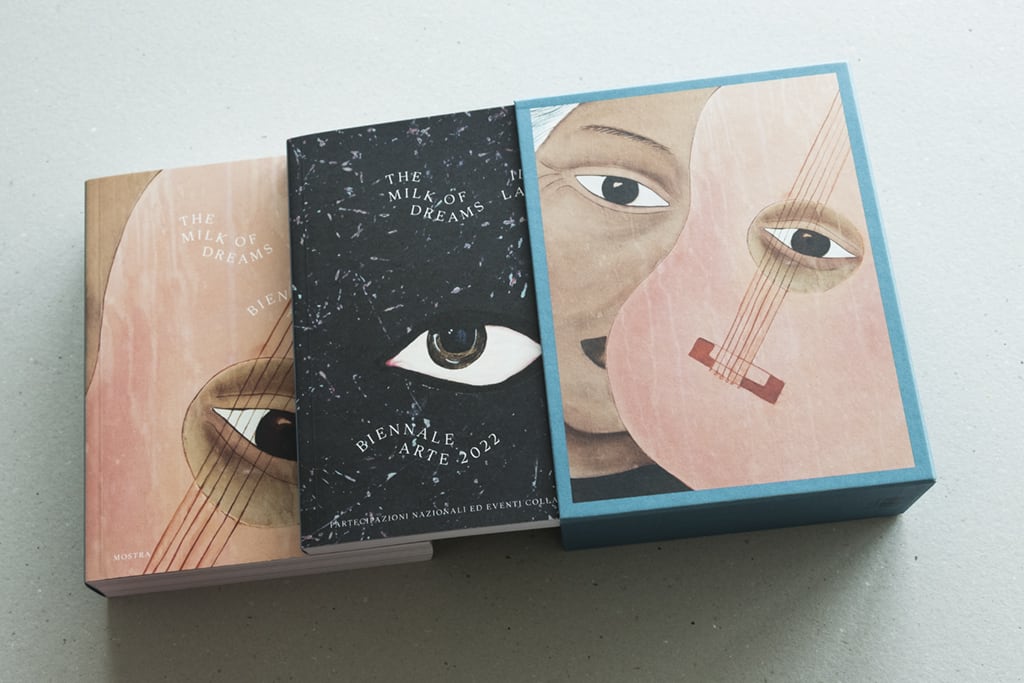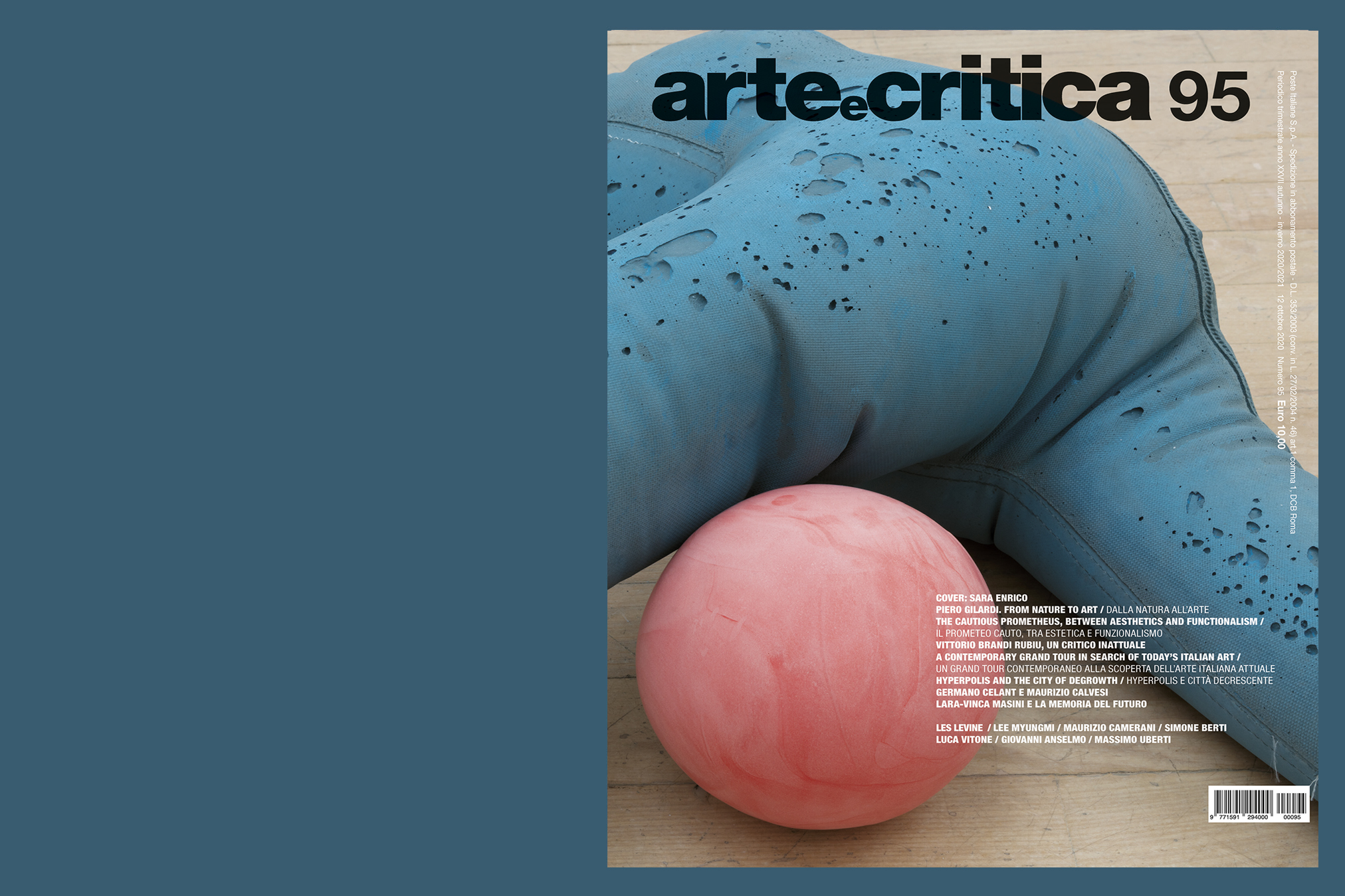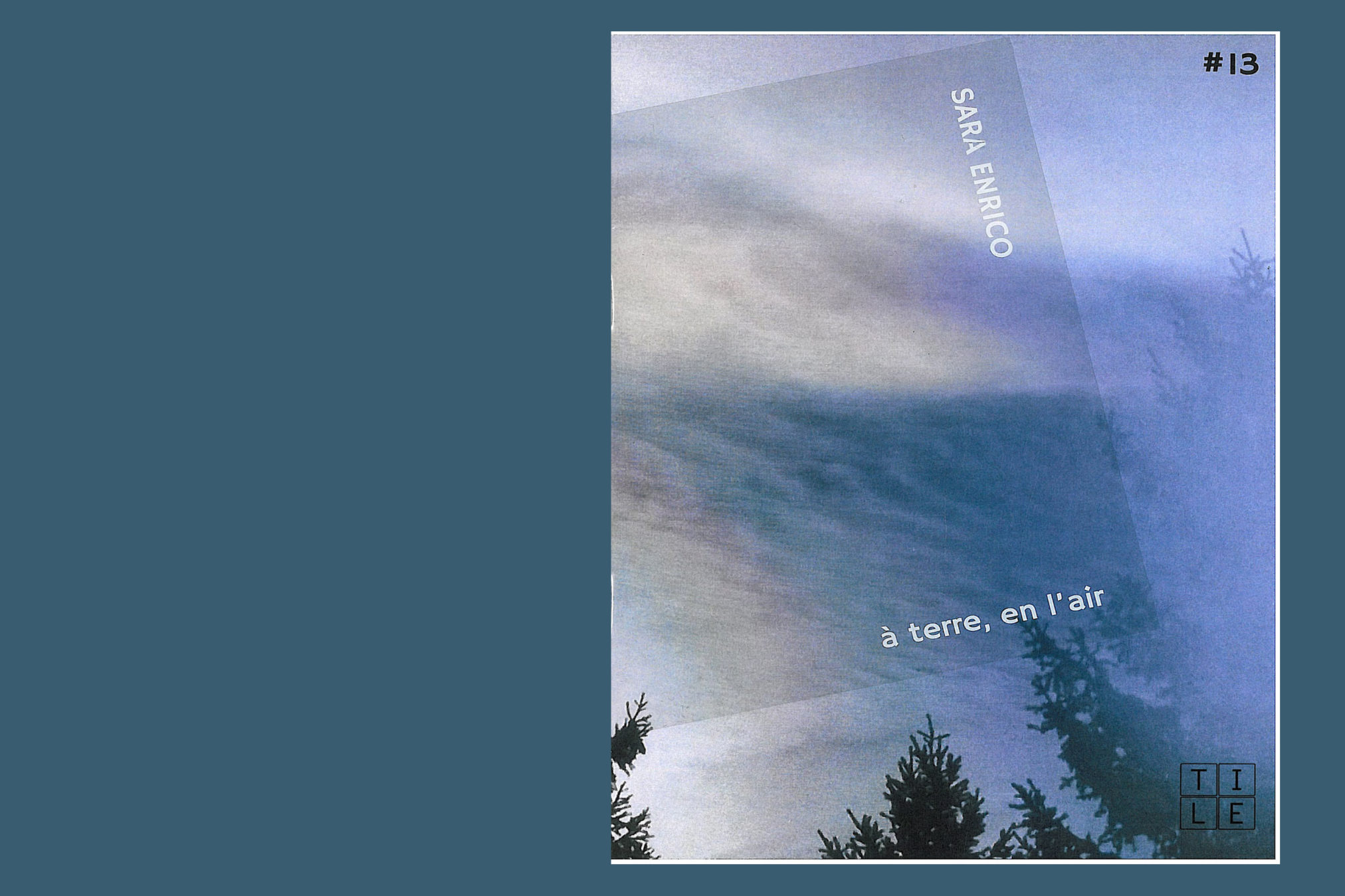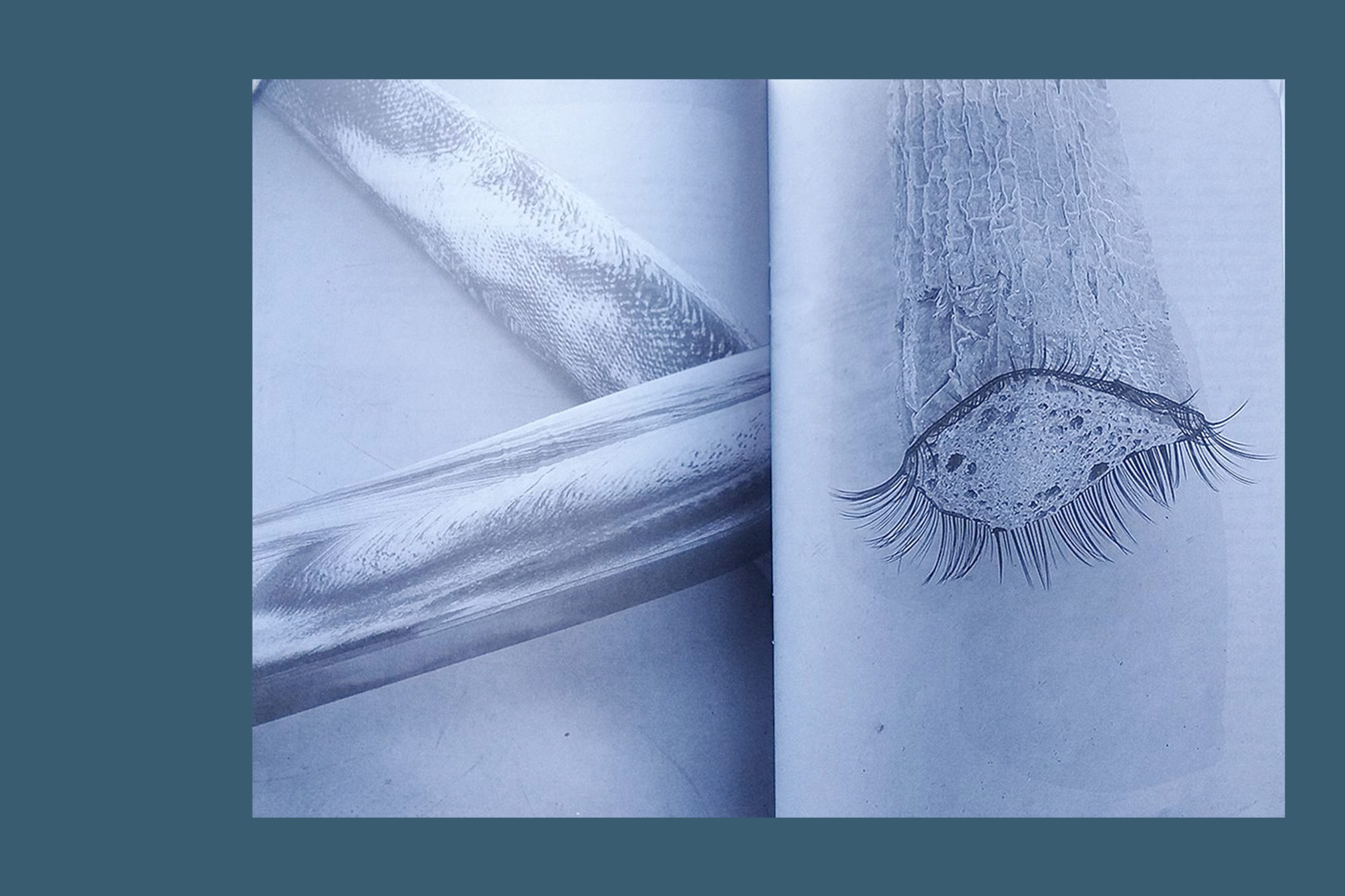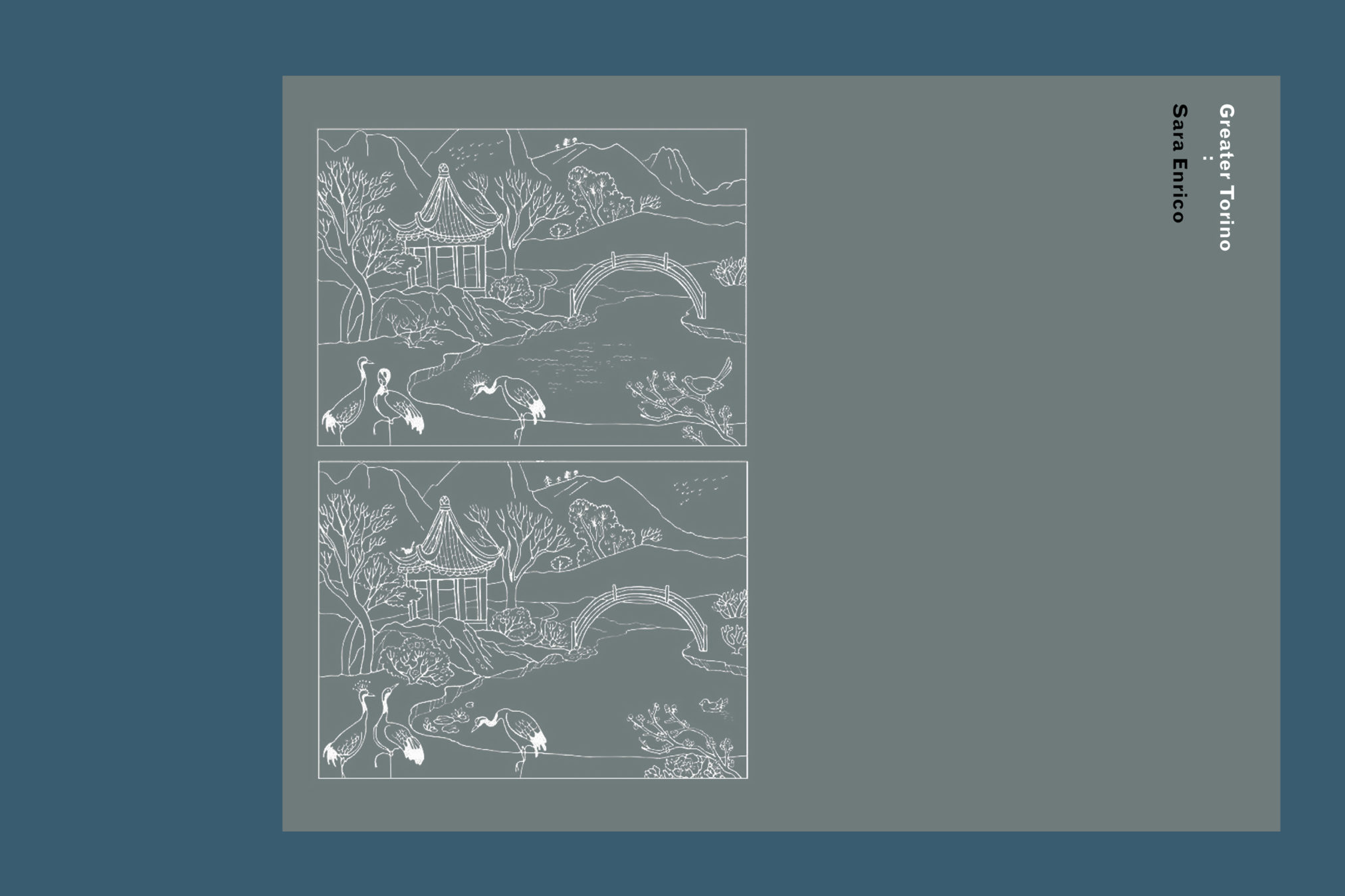Performativity is the first chapter of a trilogy on the relationships between performance art and art objects. The exhibition aims at observing the fruitful interactions between two paradigmatically opposed practices. The first is based on time and the second on space. It focuses on the permutations which have been proposed by visual artists in recent years. It is completed by future appointments Performability and Performing. The first is dedicated to the performability of an artistic object and the second to its own ability to perform. Performativity focuses on performance sources of poetics aimed at widening the scope of our senses through the latent evocation of a body, a choreography, a narration or a behavior. Focusing on the semantic expansion of the performance, Performativity shows, through an exhibition, what remains of a performative act in an object, be it accomplished or imaginary.
This exhibition is part of the production and research activities that Centrale Fies artwork dedicates to live arts and their transformative potential in the interactions with other disciplines and languages. It aims to observe the interactions between two diametrically opposed practices. The first is based on time and the second on space. They focus on the complicity proposed by visual artists.
Curator Denis Isaia points out: “In the exhibition, the level of complicity between the objects and the performance is variable: sometimes it hints at a previous action, other times it happens in the process, and sometimes it evokes a latent choreography or explains the object of reflection. Taking a new look at sculptural, pictorial or photographic works, Performativity aims to recognize the transformative power of performance and its contribution to nowadays interpretation”. Artist and curator Sara Enrico adds: «Denis shared some of his thoughts on performativity and asked me to be part of the project. At that moment, I imagined going through space and bumping into works, which are ideal in this way: they are shapes whose presence is the sum of material and vitality. Such vitality is latent and hidden and sometimes difficult to grasp completely».
The project for Centrale Fies observes some examples that refer to these concepts: performativity, performability and performance, i. e. the ability that objects have to show their original connection with an action (be it acted out, simulated or evoked), the possibility for them to be performed and their own ability to perform.
The exhibition sometimes crosses the line. At times it does so in an obvious way, as in Franz Erhald Walter ‘s work, which calls for direct interaction with the body, in Alessandro Di Pietro’s work, which is inert despite being charged with electrostatic energy, in the installation by Andrea Kvas, where painting invades the three-dimensional space, in the self-portrait by Francesco Gennari, which is inextricably linked to an action, and finally in the work by Sara Enrico that emerges from a web of translations. Instead, others narrate latent performativity that in some cases turns into a body or a relationship between bodies, such as in the works by Davide Stucchi and Tania Pérez Córdova or in the choreography by Esther Kläs, in the memory of a previous or possible performance by Marion Baruch and Philipp Gehmacher and in an in-vitro action as is the case of Nicola Martini and Alessandra Spranzi.
Performativity reiterates the particular porosity of the performance, as it is both a practice rejecting its very definition and a poetic and formal nutrient for visual artists. It thus creates a direct connection to life, as well as a bridge that sets you free from the restrictions of artistic languages, be it painting, photography or sculpture.
From the Press Release
